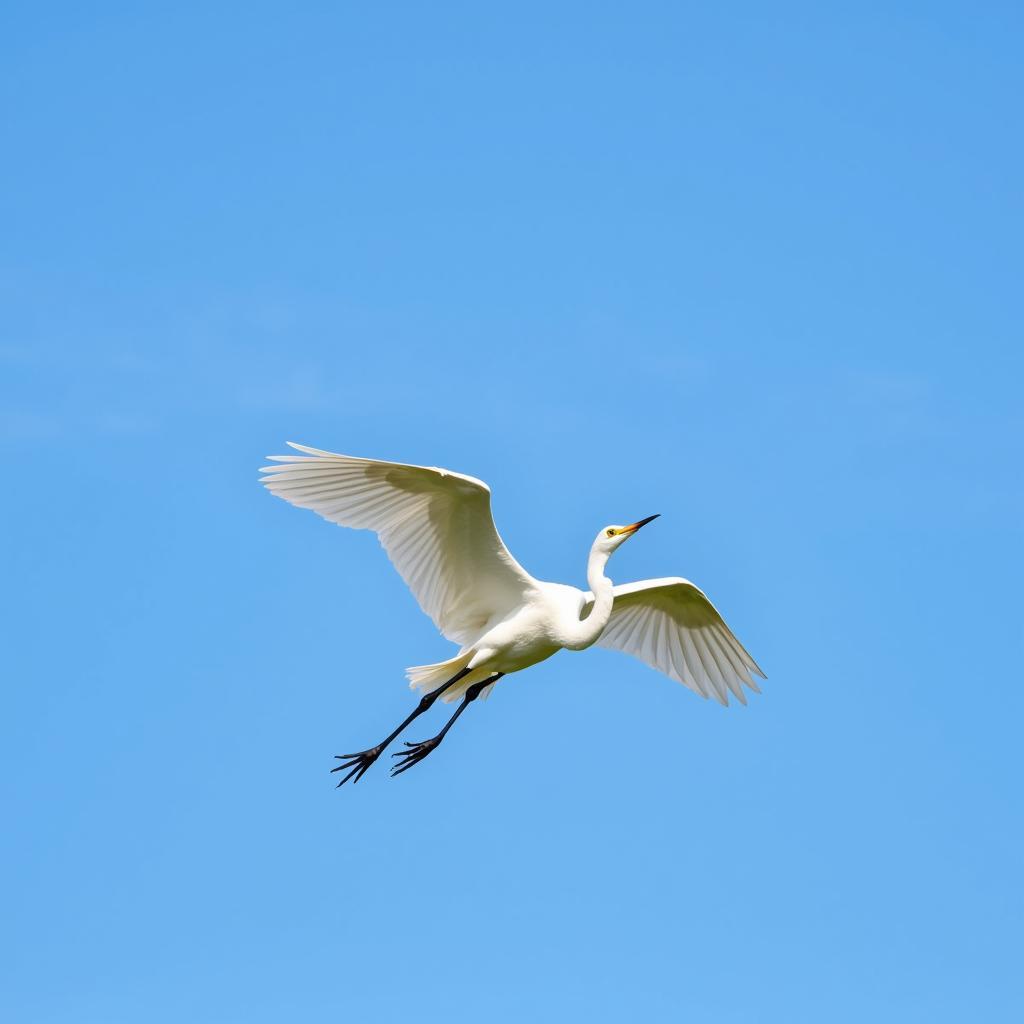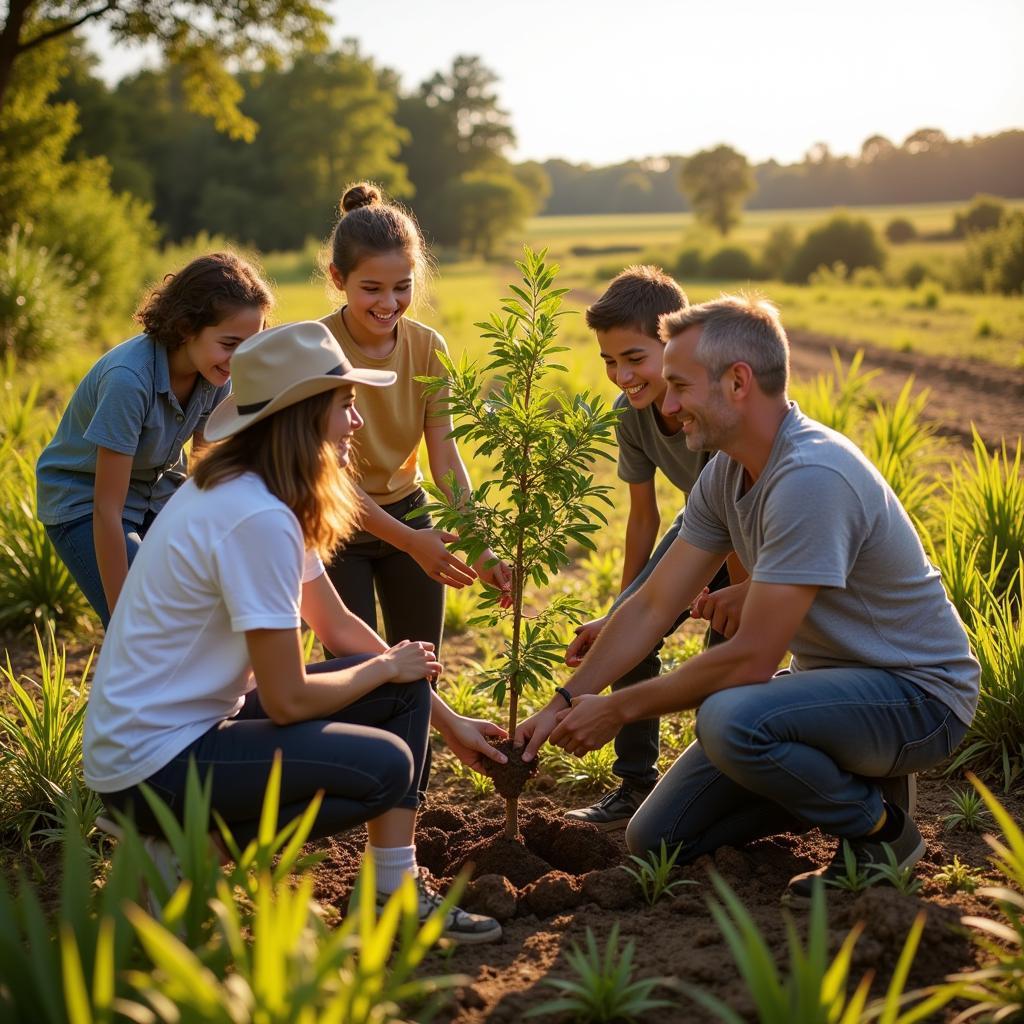The symbol of the National Audubon Society, a majestic Great Egret in flight, is more than just a logo. It’s a powerful emblem of hope, resilience, and the enduring connection between humanity and the natural world. This image, instantly recognizable to millions, represents a century-long commitment to conservation and a future where both birds and people thrive.
The Great Egret: A Story of Survival and Renewal
The choice of the Great Egret as the National Audubon Society’s symbol is deeply rooted in the organization’s history and its mission. In the late 19th century, these elegant birds were hunted nearly to extinction for their plumes, which were highly fashionable decorations for hats. This brutal practice, driven by profit and a disregard for nature, decimated egret populations across North America.
The Audubon Society, then in its infancy, emerged as a powerful voice against this wanton destruction. Through tireless advocacy, public education, and the enactment of protective laws, the organization played a pivotal role in rescuing the Great Egret from the brink. Today, these birds, once symbols of human greed, stand as testaments to the power of conservation and the potential for positive change.
 Great Egret Soaring in the Sky
Great Egret Soaring in the Sky
More Than Just a Symbol: The Audubon Society’s Enduring Legacy
The Great Egret, forever linked to the Audubon Society, serves as a constant reminder of the fragility of nature and the importance of safeguarding our planet’s biodiversity. The organization’s work extends far beyond the protection of a single species, encompassing a vast array of conservation efforts focused on:
- Protecting Bird Habitats: The Audubon Society works tirelessly to conserve and restore vital ecosystems that birds rely on, from forests and grasslands to wetlands and coastal areas.
- Combating Climate Change: Recognizing the profound threat that climate change poses to birds and all life on Earth, the organization advocates for policies and practices that reduce carbon emissions and promote sustainability.
- Connecting People with Nature: Through education programs, community outreach, and citizen science initiatives, the Audubon Society fosters a deeper understanding and appreciation of the natural world, inspiring people to become stewards of the environment.
The Symbol’s Call to Action: What You Can Do
The Great Egret, a beacon of hope and resilience, calls upon each of us to embrace our role in conservation. By supporting the Audubon Society and its mission, we can collectively contribute to a future where birds continue to grace our skies and enrich our lives. Here’s how you can make a difference:
- Join the Movement: Become a member of the National Audubon Society and lend your voice to the fight for conservation.
- Support Conservation Efforts: Donate to support the organization’s vital work protecting birds and their habitats.
- Reduce Your Environmental Footprint: Make conscious choices in your daily life to reduce your impact on the planet.
- Spread the Word: Share the story of the Great Egret and the Audubon Society’s mission with others, inspiring them to join the movement.
 Volunteers Planting Trees
Volunteers Planting Trees
The Future of the Great Egret, and Our Own
The Great Egret, once on the verge of disappearing, now thrives in many parts of North America, a testament to the power of collective action. As we look to the future, the Audubon Society’s symbol serves as a poignant reminder that the fate of birds and humanity are intertwined. By embracing conservation, we not only protect the natural world but also secure a brighter, more sustainable future for generations to come.
bird that’s a symbol of the national audubon society
FAQs
Q: Why is the Great Egret the symbol of the Audubon Society?
A: The Great Egret was chosen as the symbol because the Audubon Society played a crucial role in rescuing the bird from near extinction due to plume hunting in the late 19th century.
Q: How can I support the National Audubon Society’s work?
A: You can support the Audubon Society by becoming a member, donating to their conservation efforts, volunteering your time, or simply spreading awareness about their mission.
Q: What are some other ways I can help protect birds?
A: You can make a difference by creating bird-friendly habitats in your backyard, reducing your use of pesticides and herbicides, keeping cats indoors, and supporting sustainable practices.
Q: Where can I learn more about bird identification and conservation?
A: The National Audubon Society website offers a wealth of information on bird identification, conservation efforts, and ways to get involved in citizen science projects.
Need help? Please contact Hotline: 02043854663, Email: [email protected] Or visit us at: Zone 34, Bac Giang, 260000, Vietnam. We have a 24/7 customer support team.